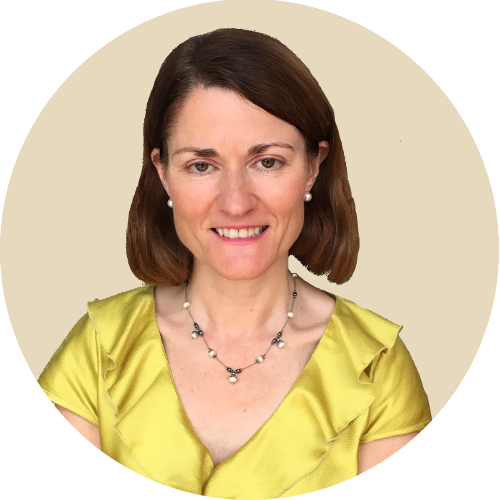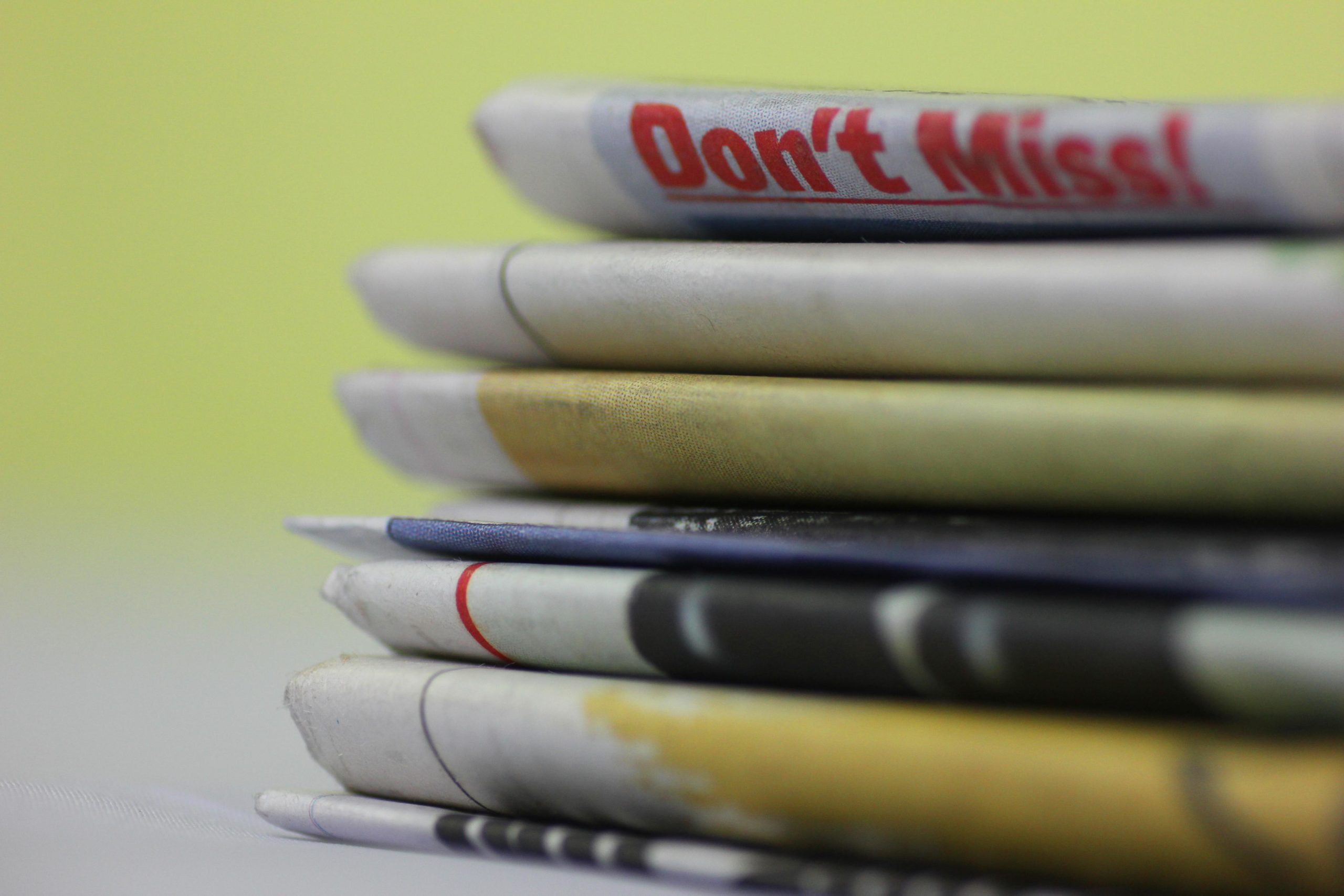Author: Charlotte Francis
Some good news for the sector! According to new research by the National Australia Bank, charitable giving in Australia has increased by 6.5%. over the year to February 2016, up from 2.4%.
Even better, not only was there a rise in donations, those who donated gave more, with the average donation size increasing from $12 to $348 per donor.
Key findings of the recently published NAB bi-annual Charitable Giving Index include:
• A resilient economy, growth in employment, strong household consumption and lower levels of consumer anxiety have contributed to the boost in charitable spending. Overall, fewer consumers have been cutting back on their charity spending.
• Looking at consumer behaviours across all the States, Victoria experienced the fastest rate of growth (9.6% up from 2.1%) followed by South Australia (9.1% up from 1.4%).
• NSW (6.3%), the ACT, NT and Tasmania combined (6.3%) and Queensland (4.7%) were the next strongest performers, with growth faster than the previous year. By contrast, charitable giving in WA slowed to 2.5% (down from 5.9% in 2015 and a peak of around 18% during early 2014), as the mining investment boom started to decline.
• Giving increased in both metropolitan (6.6%) and regional (6%) areas, was greatest for the over 65s (12%) and grew in all age groups bar 15 to 24 year-olds.
• By category, Medical Research was the clear winner – charitable giving grew by 17.2%, with Victoria and SA seeing the greatest growth in donations at 37.2% and 34% respectively.
• Most notable was the turnaround in Cancer charities, where growth rose to 5.1%, reversing a decline of 6% in the year to February 2015.
• In terms of market share, Humanitarian Services continued to lead the way, receiving 35% of total donations, and the largest average donations ($435 compared to the smallest for other charities at $124). Health and Disability and Charitable Lotteries received 12% each, Community Services and Children/Family (11%), Cancer (9%), Animals and Environment (8%), and Other Charities (7%). Medical Research had the smallest market share at 6%.
The research is well worth a read as it summarises key national findings as well as those by state. At a glance you can check out charitable giving in your state and find out which category had the largest market share, what the average donation per donor was and even which was the most charitable suburb for dollar giving. All useful information for refining your fundraising strategies and profiling against your database – for example if you have donors in Mosman (NSW), Middle Park (VIC), Chapel Hill (QLD), Nedlands (WA), Leabrook (SA), Deakin (ACT), Sturt Park (NT) or South Hobart (TAS), you might want to find out more about them and whether you can engage with them and involve them more closely with your organisation. Or you might want to tweak your mailing segmentations next time you run an appeal.
With ever increasing competition for the philanthropic dollar, it’s certainly encouraging to learn that charitable giving rose over the year to February 2016. To download and read the report in full go to:
NAB Charitable Giving index: Indepth report – 12 months to February 2016
{loadposition blogsocialshare}


